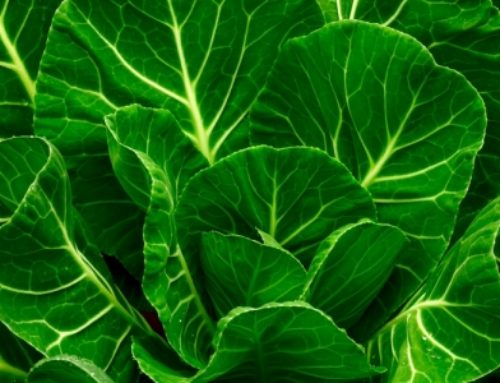I love the color green. Clicking around on the web you find many different meanings for the color. It is said to represent growth, rebirth, good luck, balance, stability, and endurance among other things; and is viewed as calming and restful. Nice! I think we could all use more green in our lives.
One easy way to bring more green to your day is with parsley. Many times parsley has the misfortune of being the token herb on plates of steak or fish; however, this lovely little herb really is edible and so much more than a natural breath freshener. Parsley has been used since ancient times in many ways and by no means restricted to the culinary sphere. There are three common varieties of parsley: flat leaf or Italian, curly leaf, and parsnip rooted or Hamburg and all parts of the plant – fruit (or “seeds”), leaves, roots and stems – are useable (Rodale Press, 1987; 407).
For basic nutrition, parsley is a nutrient powerhouse. One cup of parsley contains two grams each of protein and fiber, all essential amino acids; and 3 mg phytosterols; but the real benefits are in the vitamins and minerals:
- Vitamin A 5,055 IU 101% of RDA
- Vitamin C 79 mg 133% of RDA
- Vitamin K 984 mcg 1230% of RDA
- Folate 91 mcg 23% of RDA
- Iron 3.7 mg 21% of RDA
- Potassium 332 mg 9% of RDA
- Magnesium 30 mg 7% of RDA (www.nutritiondata.com/facts)
There are a number of current medicinal uses for parsley (bad breath, digestive aid, diuretic) which is nice since the herb is so readily available at grocery stores and farmer’s markets as well as being easy to grow. As a food parsley rarely, if ever, poses a problem. For adults that are not pregnant, nursing or taking diuretics, parsley should be considered safe in reasonable amounts. People with sensitive skin should be aware that skin rashes have been caused by parsley (Castleman, 2001; 453). The herb may also increase the action of prescription monoamine oxidase inhibitors, MAOIs (Duke, 2000; 165). For people taking blood thinners, talk to your doctor to see if parsley may be added to your diet.
There are many ways to enjoy this yummy little herb:
- Any and all vegetable salads – carrot, tabbouleh, your basic green or as the main ingredient
- Parsley pesto, aioli, mayo, salsa verde or a chimichurri sauce
- Apple, celery, lemon, parsley smoothie
- Green vinaigrette or dipping sauce
- Pasta, egg, chicken, lentil or anchovy salad
- Any soup – creamy or chunky
Why not celebrate St. Patrick’s Day with parsley…so much more appealing than green beer.
Duke, James A. The Green Pharmacy Herbal Handbook. USA: Rodale/Reach, 2000; Rodale’s Illustrated Encyclopedia of Herbs. Pennsylvania: Rodale Press, 1987; http://www.nutritiondata.com/facts “Parsley, raw” (2014).





loved this post –